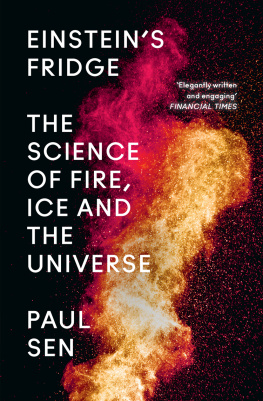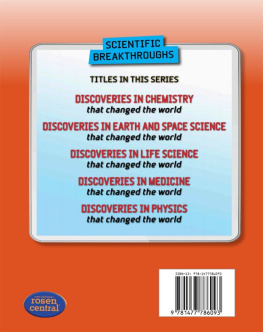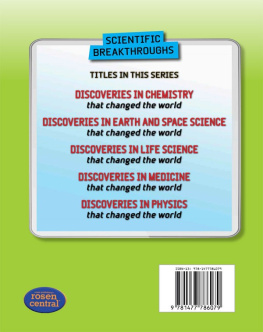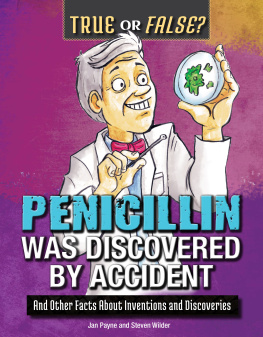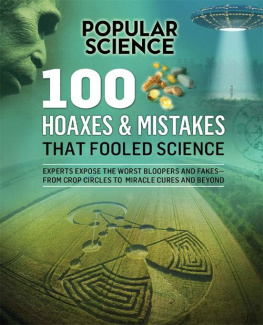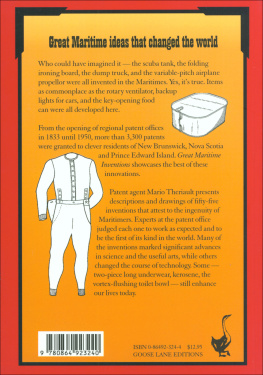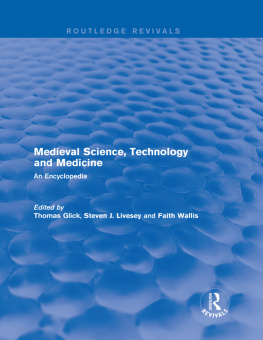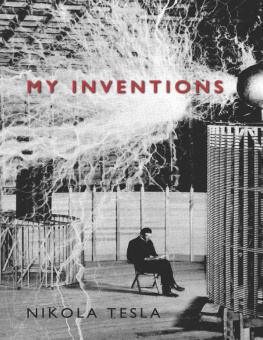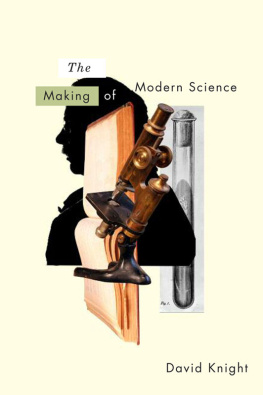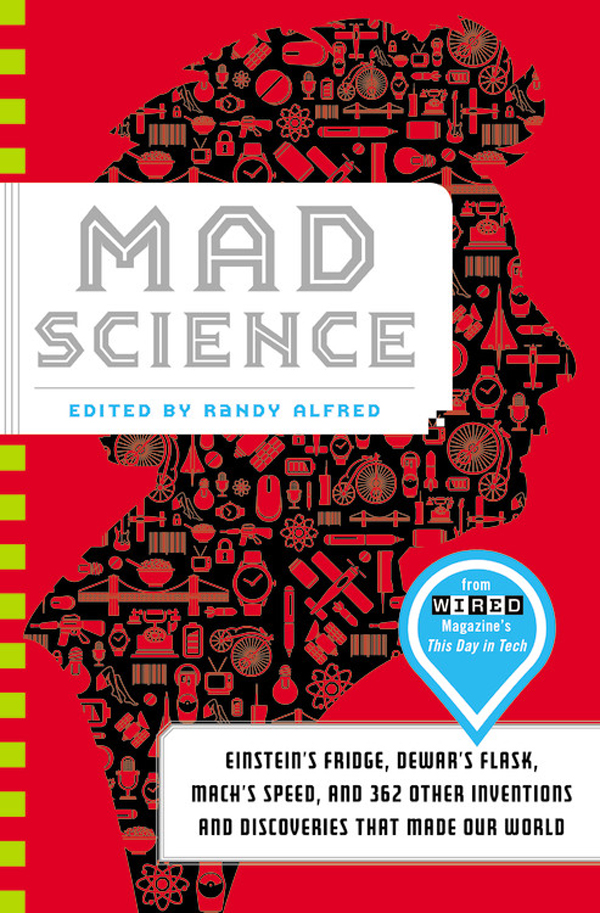In accordance with the U.S. Copyright Act of 1976, the scanning, uploading, and electronic sharing of any part of this book without the permission of the publisher constitute unlawful piracy and theft of the authors intellectual property. If you would like to use material from the book (other than for review purposes), prior written permission must be obtained by contacting the publisher at permissions@hbgusa.com. Thank you for your support of the authors rights.
Thank you for buying this e-book, published by Hachette Digital.
To receive special offers, bonus content, and news about our latest e-books and apps, sign up for our newsletter.
Sign Up
Or visit us at hachettebookgroup.com/newsletters
Copyright 2012 by Cond Nast
Cover design by Kapo Ng
Cover art by Sam Chung @ A-Men Project
Cover 2012 Hachette Book Group, Inc.
All rights reserved. In accordance with the U.S. Copyright Act of 1976, the scanning, uploading, and electronic sharing of any part of this book without the permission of the publisher constitute unlawful piracy and theft of the authors intellectual property. If you would like to use material from the book (other than for review purposes), prior written permission must be obtained by contacting the publisher at permissions@hbgusa.com. Thank you for your support of the authors rights.
Little, Brown and Company
Hachette Book Group
237 Park Avenue, New York, NY 10017
littlebrown.com
twitter.com/littlebrown
First e-book edition: November 2012
The publisher is not responsible for websites (or their content) that are not owned by the publisher.
The Hachette Speakers Bureau provides a wide range of authors for speaking events. To find out more, go to hachettespeakersbureau.com or call (866) 376-6591.
The inspiration for this book, and much of its content, come from Wireds blog This Day in Tech.
Illustration credits: : NASA, Galaxy Evolution Explorer image.
ISBN 978-0-316-20818-5
For the founders of the feast:
Isaac Newton and Albert Einstein Charles Babbage and Ada Lovelace Charles Darwin and Alfred Russel Wallace Henry David Thoreau and Rachel Carson
And my parents, Eleanore and Pete Alfred, who showed me the rainbow
Give up your Ptolemy,
Rise up and follow me.
COPERNICUS, AS GLOSSED
BY NANCY L. STARK
| AA | Amy Ashcroft |
| AM | Alexis Madrigal |
| AW | Angela Watercutter |
| BK | Brandon Keim |
| BM | Betsy Mason |
| BXC | Brian X. Chen |
| CB | Chris Baker |
| CK | Chris Kohler |
| DC | Doug Cornelius |
| DD | Daniel Dumas |
| DK | David Kravets |
| DS | Darryl Siry |
| DT | Dylan Tweney |
| DV | Danielle Venton |
| EH | Evan Hansen |
| EM | Erik Malinowski |
| EVB | Eliot Van Buskirk |
| HH | Hugh Hart |
| HL | Hadley Leggett |
| JCA | John C Abell |
| JBJ | Jason B. Jones |
| JM | Jess McNally |
| JP | Jason Paur |
| JSL | John Scott Lewinski |
| KB | Keith Barry |
| KS | Kerstin Sjdn |
| KZ | Kim Zetter |
| LG | Lisa Grossman |
| LK | Leander Kahney |
| LW | Lewis Wallace |
| MC | Michael Calore |
| NS | Noah Shachtman |
| PG | Priya Ganapati |
| RA | Randy Alfred |
| RS | Ryan Singel |
| SG | Scott Gilbertson |
| ST | Scott Thill |
| TB | Tony Borroz |
| TL | Tony Long |
| ZR | Zach Rosenberg |
1583: First New Year of Gregorian Calendar
The calendar established by Julius Caesar in 45 BCE was running ten days behind the real seasons of the year. Easter arrived too late in spring.
All because the Earth year is about eleven minutes short of 365 days. Without a calendar correction, Easter would eventually have fallen in summer, and Christmas in the spring. So Pope Gregory XIII appointed a commission. It proposed eliminating three leap years every four centuries (years ending in 00, unless divisible by 400). That would prevent further creep of the calendar against the seasons. But to reset the calendar immediately, ten days had to be eliminated. The pope decreed the new calendar should start in October 1582. The day after October 4 would not be October 5, but October 15.
This was just months away. Only Italy, Spain, and Portugal made deadline. Many people feared their lives were being shortened by ten days. The pious worried that saints might not listen to prayers that were ten days late. Everyones birthday moved up ten days too, so 365 days would pass between one birthday and the next. Rents, interest, and wages had to be discounted for that October, since it now had only twenty-one days.
A mob in Frankfurt rioted against the pope and his mathematicians. France made the change in December. Parts of the Low Countries jumped from December 21, 1582, directly to January 1, 1583, skipping Christmas. Most Catholic countries adopted the Gregorian calendar by 1584. But Europe became a patchwork of calendars. You could cross a border and go backward or forward ten days. (Makes the international date line kid stuff.) The Julian calendar (see ) held on until 1752 in Britain and its colonies, and right through 1918 in Russia.
As a result, the old Soviet Union used to celebrate its October Revolution in November.RA
Also January 1:
1801: Piazzi Discovers Ceres, First Known Asteroid
1845: Telegraph Helps Capture Murderer John Tawel
1915: Aspirin Tablets Replace Powdered Form (see )
Also Sixteenth Century:
May 4, 1536: C U @ the Piazza (see )
1870: Building the Brooklyn Bridge
Construction begins on the Brooklyn Bridge. Its the first suspension bridge to use steelrather than ironcables.
Conceived in 1867 by famed bridge designer John Augustus Roebling, it was by far the worlds longest suspension bridge, with a deck that connected Manhattan and Brooklyn suspended by cables hung from two neo-Gothic towers that pierced the skyline. Not precisely certain of the strength of his materials, Roebling designed the bridge to be six times stronger than it had to be. As a fail-safe, he added straight, diagonal cables to stiffen the superstructure. They make the bridge not a true suspension bridge (which has just vertical stringers, or suspender cables, hanging from huge, curved catenary cables) but a hybrid of suspension and cable-stayed design. That hybrid also gives the steel webwork its characteristicand mesmerizingcrisscross appearance.
Roebling died of tetanus in 1869, the result of an injury sustained while surveying the bridge site. Johns son Washington assumed the title of chief engineer, but tragedy struck again when he became ill with the bends (severe decompression sickness) after rapidly exiting one of the bridges caissons. It fell to Washingtons wife, Emily Warren Roebling, to supervise construction of the bridge. Though never formally trained as an engineer, Emily had studied alongside her husband and began her own research after he became bedridden. Historian David McCullough credits Emily with saving the project, and she rode alongside President Chester Arthur during the ceremonial opening of the bridge, in May 1883. The Brooklyn Bridge has over the years carried P.T. Barnums elephants, light-rail, and six lanes of automotive traffic, as well as the thousands of pedestrians who left Lower Manhattan after the attacks of September 11, 2001.


